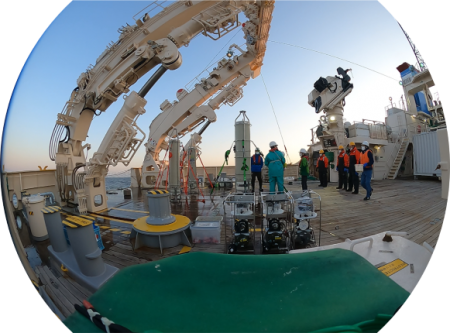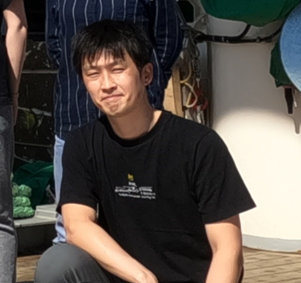Viral-bacterial disturbance caused by a large earthquake and tsunami
The great earthquake and tsunami that occurred on March 11, 2011 caused enormous damage to the Sanriku coastal ecosystem. However, the impact of this disaster on microorganisms and viruses, which play an important role in the biogeochemical cycle of coastal ecosystems, has not yet been fully elucidated.
Based on the time-series data obtained from the regular survey of Otsuchi Bay in Iwate Prefecture, the research group of Professor Nagata found that the ratio of virus count to bacterial count (VBR) in the summer of 2011 when the earthquake occurred was anomalously low. As a result of the analysis, they concluded that this low VBR phenomenon is likely caused by the adsorption and removal of the virus by large amounts of suspended particles loaded in the bay due to the resuspension of sediments and the inflow from the land area.
The great earthquake may have had a significant impact on the nutrient cycling and food webs of Otsuchi Bay through its impact on the micro-ecosystem.
This research was supported by the TEAMS project (MEXT, Japan).

